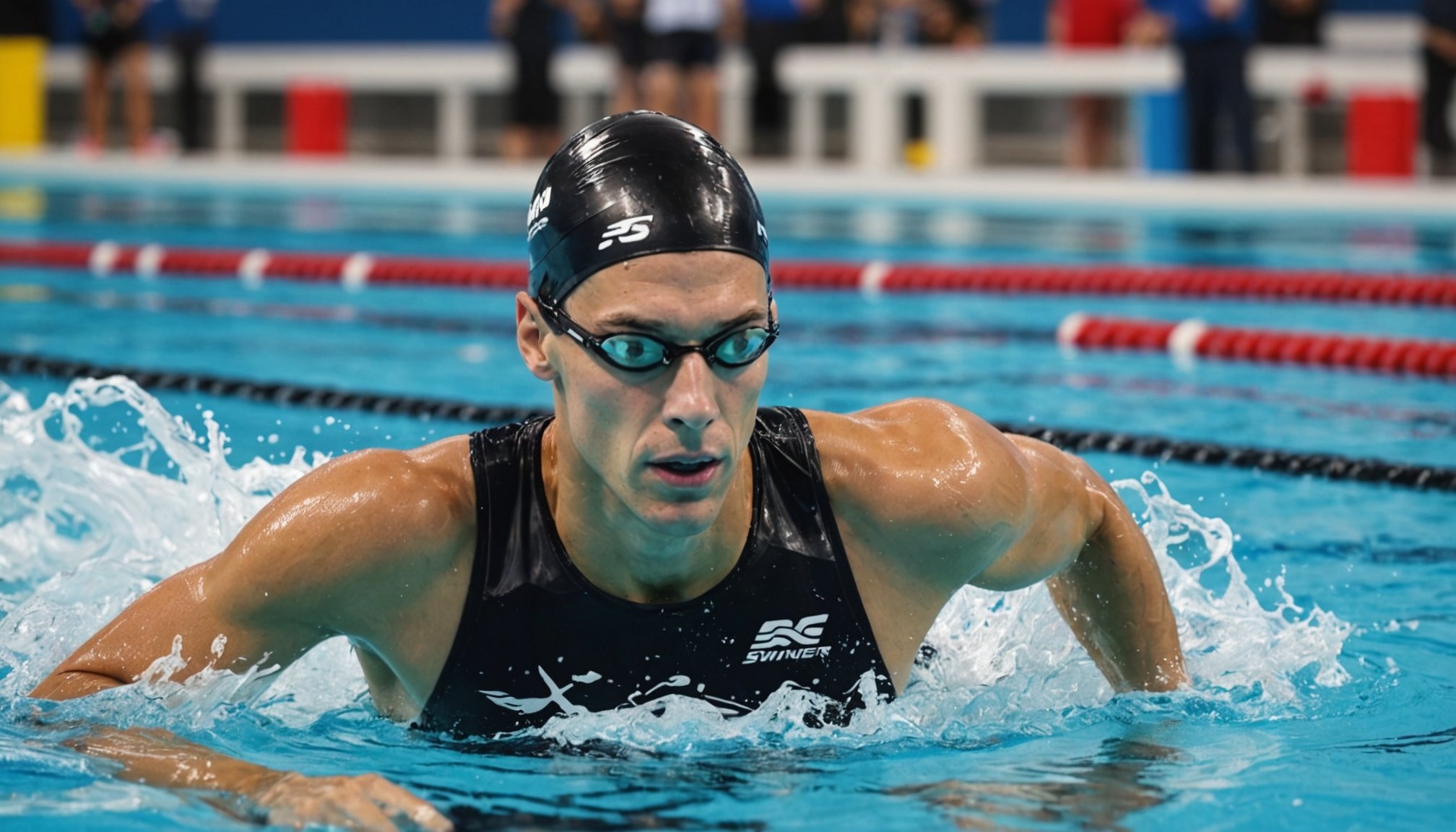Overview of Swim Strokes
Understanding swim strokes is essential for every swimmer, whether competitive or recreational. Different strokes have unique stroke mechanics and swimming techniques that influence both speed and efficiency in the water.
The four main types of swim strokes are freestyle, backstroke, breaststroke, and butterfly. Each stroke has specific biomechanics that dictate arm movements, body positions, and breathing patterns, which are crucial for mastering swimming techniques. For instance, the freestyle stroke relies heavily on rotational body movements and efficient arm pulls, while the butterfly stroke demands synchronised arm and leg actions to propel the body.
Have you seen this : Maximizing stroke efficiency: must-try technical drills every swimmer should master
Efficient stroke mechanics are vital for competitive swimming, where even minor improvements can significantly impact a swimmer’s performance. Swimmers often focus on refining their techniques to reduce water resistance and increase propulsion. This focus on stroke efficiency can enhance speed and endurance, contributing to better race times and less fatigue.
Moreover, proper swimming techniques can prevent injuries and enhance overall performance. By concentrating on precise movements and stroke mechanics, swimmers can develop a fluid and powerful swim style, which is essential for reaching peak performance in competitions. In essence, mastering swim strokes translates into competitive advantage.
In parallel : Mastering wave dynamics: how balance boards elevate training for professional surfers
The Role of Video Analysis in Swimming
Video analysis plays a crucial role in performance enhancement for swimmers by providing an in-depth view of their techniques. With visual insights, it becomes easier to identify and correct technical flaws that might go unnoticed during traditional coaching sessions. This shift from mere observation to detailed swimming analysis equips coaches and swimmers with powerful tools to optimise training.
One significant advantage of video analysis is the provision of immediate feedback. This allows swimmers to see their performance in real-time or right after their session, speeding up the learning and correction process. When swimmers can visualise their movements, they gain a better understanding of areas needing improvement. This direct comparison between live swimming and analysed footage bridges the gap between observation and practice.
In traditional coaching methods, feedback is generally subjective and relies heavily on verbal communication. In contrast, video analysis offers precise, visual evidence of areas needing attention. This objective method enhances a coach’s ability to guide swimmers effectively. By embracing video analysis, coaches can provide solution-oriented feedback, focusing on tangible corrections rather than general advice, ultimately fostering an environment of improved technique and enhanced performance.
Successful Case Studies in Video Analysis
In exploring case studies in video analysis, you’ll find numerous success stories where athletes have significantly improved their performance. One notable example is a professional tennis player who enhanced her serve consistency after adopting dynamic video analysis techniques. By capturing and analysing her serving motion in high definition, coaches identified slight postural adjustments needed to perfect her technique. The measurable outcome was a remarkable 25% increase in serve accuracy over the season.
Similarly, a basketball team’s success story demonstrates the powerful impact of video analysis. Utilising slow-motion review, the team pinpointed dribbling inefficiencies and worked on precise ball control drills. This focus led to a 15% reduction in turnovers, translating directly into their performance improvement during crucial games.
The specific analysis techniques employed in these case studies range from software-aided form analysis to biomechanical modeling. Such methods enable detailed breakdowns of athletic movements, offering invaluable insights for training regimens. The achievements from these endeavours highlight the potential of video analysis to refine skills, ultimately resulting in better strategic outcomes and elevated performance benchmarks.
Tips for Effective Video Analysis
Effective video analysis is crucial for achieving swimming improvement. Utilizing video tips can help maximize the benefits of video review sessions by providing invaluable insights to enhance performance.
Preparing for Video Analysis
Start by capturing high-quality footage. To achieve this, use equipment that allows for clear and stable recording. The right angles are essential; consider filming underwater and from above to provide comprehensive views of the swimmer’s technique. Setting specific objectives for your analysis session can help focus your evaluation and allow for precise feedback.
Interpreting Video Data
When reviewing footage, concentrate on key indicators, such as body position, stroke mechanics, and timing. This can significantly impact the swimmer’s technique. Video analysis can be more detailed than real-time instruction, offering visual proof that can be slowed down or paused to highlight specific areas. Involving the swimmer in the review process enhances understanding by allowing them to visualize and correct mistakes themselves.
Implementing Changes
Transferring findings from video analysis into training routines should be gradual. Focus on incremental adjustments rather than large overhauls. Collaborate effectively with swimmers to ensure they are comfortable and confident in making changes. Regularly review and update the training plan with the findings from subsequent video analysis sessions. This collaborative approach cements improvements and fosters teamwork.
Recommended Tools and Software for Video Analysis
Video tools are essential for improving a swimmer’s performance, offering numerous options to choose from. Analysis software like Dartfish and Kinovea are widely recognised in the swimming community for their robust features, such as frame-by-frame video analysis and easy annotation capabilities. This swimming technology enables athletes to thoroughly review their strokes and techniques, providing invaluable insights.
When selecting the right video analysis software, it is crucial to consider features that cater to both coaches and athletes. High-quality analysis software should include functionalities such as slow-motion replay, split-screen comparisons, and measurement tools. These features are vital for capturing the nuances of a swimmer’s technique, thus facilitating more precise feedback and improvements.
Moreover, a user-friendly interface is vital for coaches and athletes to maximise the software’s potential. This is particularly important for those who may not be technologically savvy, ensuring ease of navigation and reducing the learning curve. A straightforward, intuitive design fosters better engagement with the video tools, resulting in more efficient training sessions and progress tracking. The right software aids in transforming raw footage into actionable insights, directly supporting a swimmer’s growth and development.











